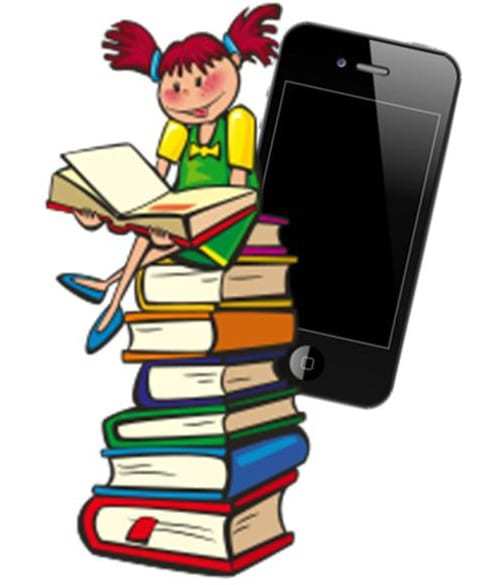 Fifth graders from the Woodside Elementary School are using barcodes to recommend their favorites.
Fifth graders from the Woodside Elementary School are using barcodes to recommend their favorites.
A new project involving the fifth grade students from Woodside Elementary School in Sussex, Wisconsin, has allowed the children to use QR codes to identify their book recommendations at the local public library.
The school is using the barcodes to let students share their opinions about books with the community.
The Pauline Haass Public Library now features the QR codes within the children’s area. This allows members of the community to visit the library and use their smartphones or tablets to scan the barcodes. Once the devices are used with any free scanning app, they direct the user to the book recommendations that were written by the fifth grade students. They can then be read by the device user at his or her convenience.
The QR codes are becoming readily recognized as they appear on more advertising and product packaging.
Now, the students in the class of Brian Siegel are using the QR codes to help to promote literacy within their community by contributing their opinions about the books they’ve read at the library.
According to Siegel, the teacher who spearheaded the project, “Literacy is not just reading books, magazines and newspapers.” He went on to explain that “These days, it involves more computers, tablets and smartphones than ever before. We are constantly reading digital text, sometimes more often than text on a page.”
Siegel explained that his purpose for adding book recommendations through QR codes at the public library was to help the students to be able to share what they have written (about what they have read) with a larger audience than would be available if it were limited to the school, alone.
He stated that his goal was to have his students apply some form of digital literacy in order to be able to boost the audience size beyond the number that would walk past a school bulletin board. He feels that this digital content, accessed through QR codes, will increase a student’s motivation to use technology as a part of his or her literacy, as well as to actually write something down.
